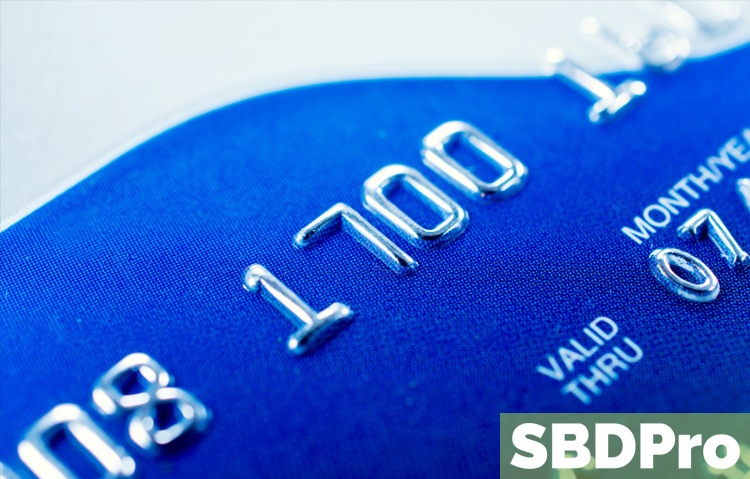The COVID-19 pandemic and stay-at-home orders drastically changed the landscape for a lot of small businesses. Brick-and-mortar stores suddenly got in the business of curbside delivery. People became increasingly used to shopping from the comfort of their own home. Even as society starts to open up again, things aren’t going back to the way they once were. All stores are going to need to be in the e-commerce business, at least to some degree. That means learning how to accept payments online.
Fortunately there are great tools out there that allow the owner of say, a hardware store, to move into e-commerce as seamlessly as possible. One example is Shopify, a platform that can be integrated into your current website and used to process orders. Other platforms include WooCommerce, for those who use WordPress as their content management system.
That still leaves the question of exactly how you should go about getting the money. Broadly speaking, there are 3 options.
1. Credit cards
The obvious starting point is to accept VISA, Mastercard, AMEX and other major credit cards. This is what people are accustomed to using. Their web browser probably has their card info saved. That makes it easy for them to just click and have the information entered in a snap…which means that the sale is a much easier close for you. Any system of accepting payments online starts here.
2. eChecks
An electronic check system basically debits a customer’s bank account. They need to enter their routing and account number into your payment processing system. A big advantage to echecks is that their transaction fees tend to be lower than for credit cards.
Electronic checks are overseen by the National Automated Clearing House Association (ACH). It’s possible that a business just dipping their toe into the ecommerce waters might not be able to get direct access to the ACH system.
If you’re in this category, then you need to take a look at third-party payment processors (TPP). An example of a TPP is an accounting software provider. The TPP basically does what the ACH does, but at a smaller scale.
3. Mobile app
More and more people want to use apps like Google Wallet, PayPal and Apple Pay. Payments by mobile app are projected to get close to $200 billion this year. To use our example of the local hardware store owner, payment by app is great to get a sale from the person who’s over at their friend’s house, sees some tools they like and can just pull out their phone and make the order.
Even before the pandemic and the stay-at-home orders, buying online was a rapidly increasing business. The years of 2010-17 saw online purchases double and the upward trend kept on increasing. There’s no going back and everyone—even the most traditional of brick-and-mortar stores—will need to accommodate online purchases.

